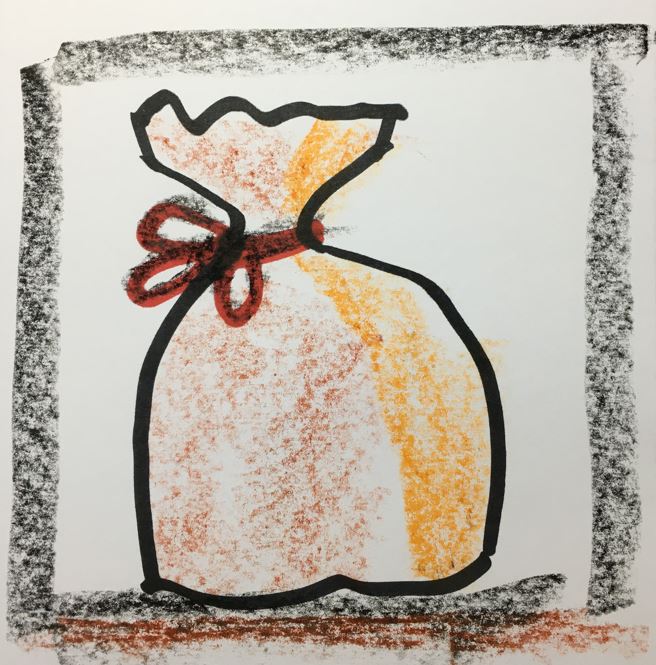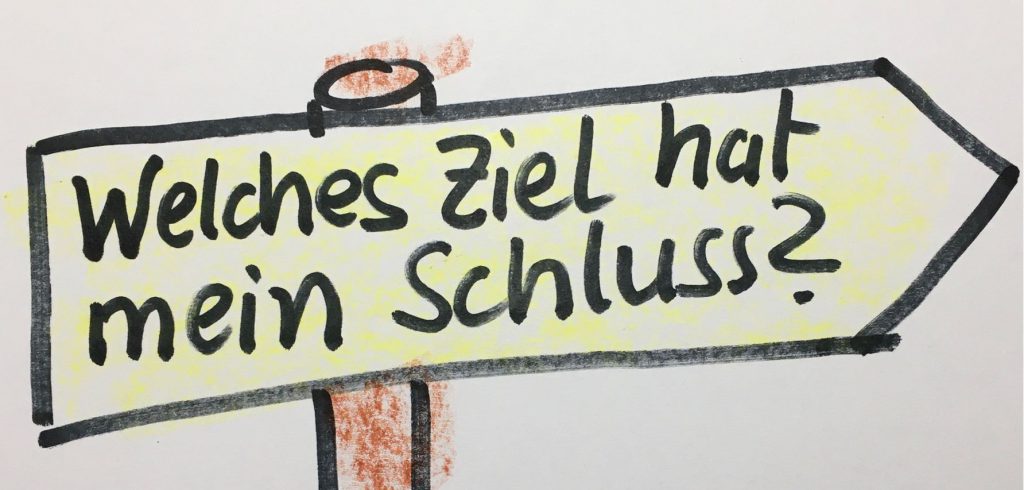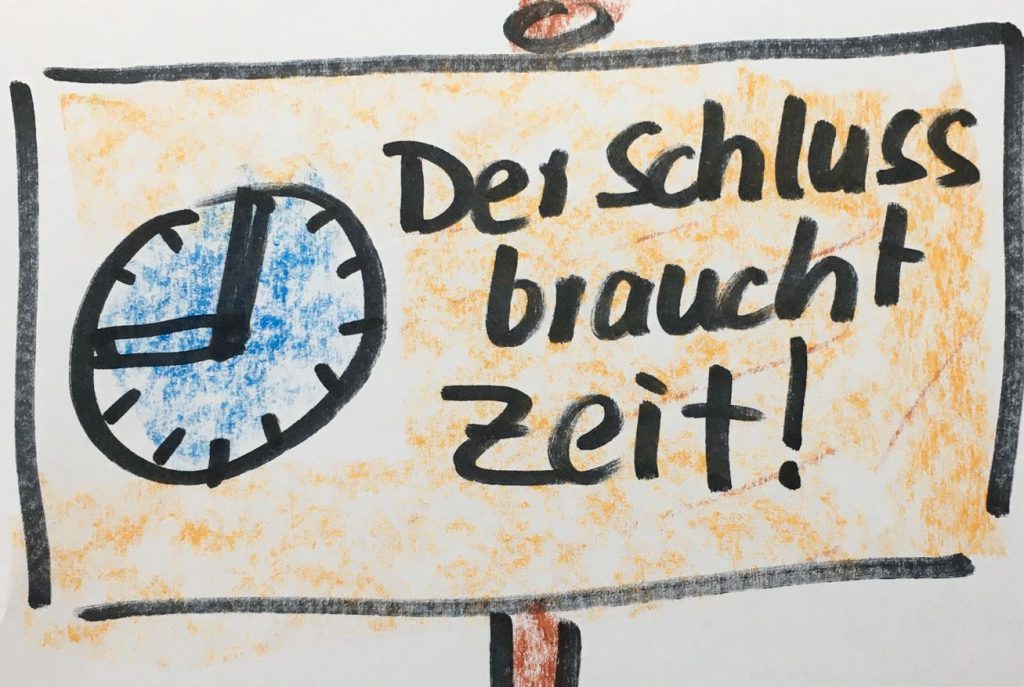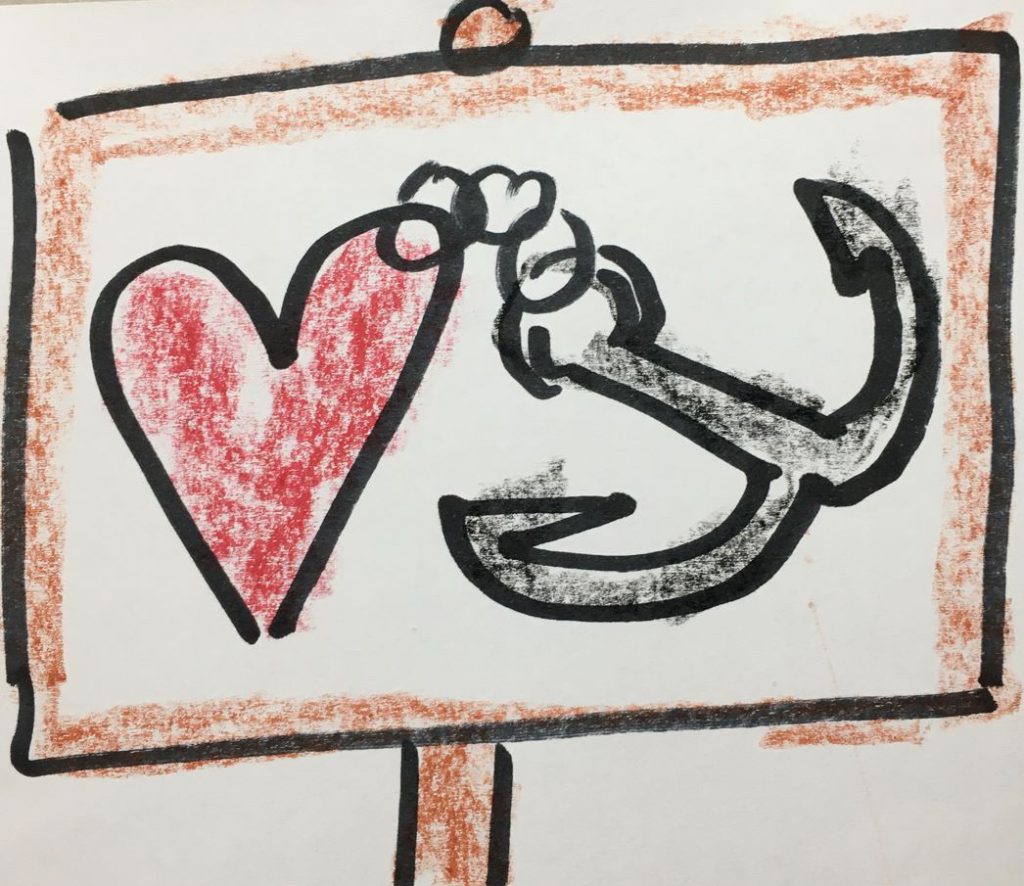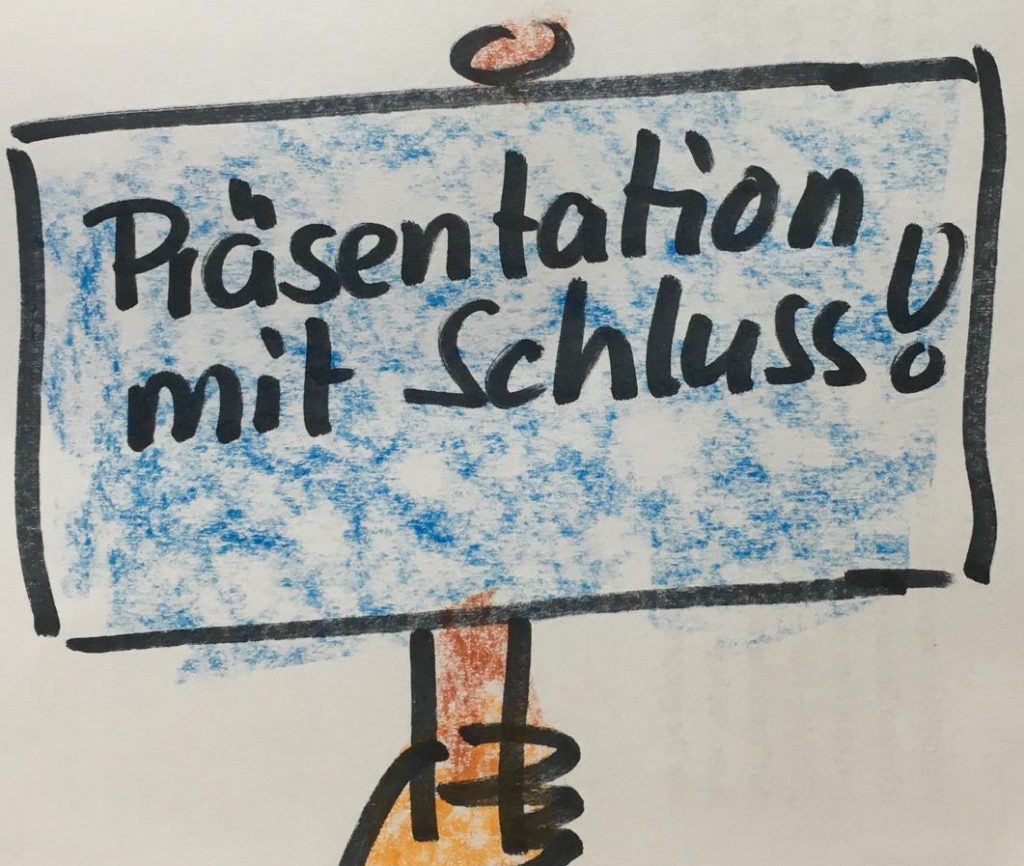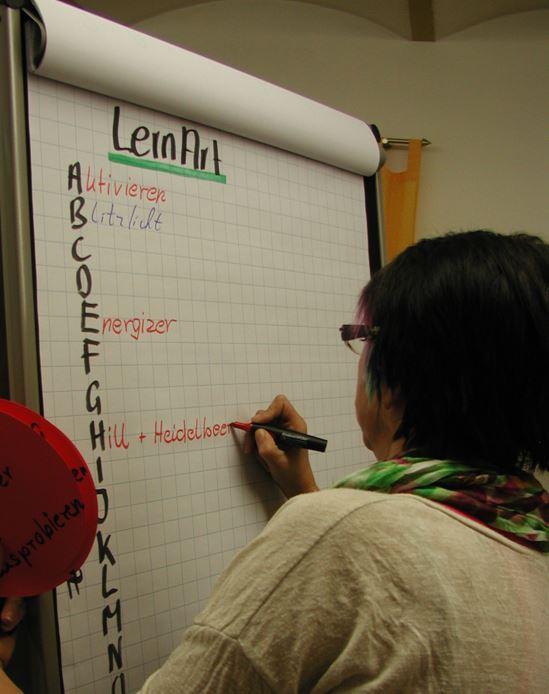Designing the end of trainings, courses and seminars
Conclusions of seminars & co. are a key point in the learning process. They also determine whether participants leave the seminar room full of energy and encouragement or get up from their computers after a webinar. We have compiled tips and suggestions: How do I close the bag?
The crucial question: What do I want to achieve with the closing?
There are countless beautiful methods for closing. Let’s just think of the flash light, where everyone is given a brief chance to speak again at the end and which has the advantage of being easy to calculate in terms of time. There I can ask: „What is the most important thing for you to take away?“ or as feedback for the next edition of this seminar: „What should I keep, what should I change?“ Or, „What is at the top of your personal to-do list?“
So, before the methodical planning, I have to be clear about what I want to achieve with the closing for a very specific seminar and the specific target group. This can go in different directions. The following list is long and yet incomplete:
- Reflect on the learning process and/or content
- Getting the core message across again
- Push the implementation
- Review learning success
- Celebrate learning success
- Anchor learning content
- Set emotional anchors
- Set individual priorities as learners
- Agree and plan actions for individuals/groups
- Collect and clarify open questions
- Network learners
- Plan follow ups
- Repeat and summarize
- Giving feedback, getting feedback
- Say goodbye
We usually plan the introduction to a seminar quite precisely. We attach importance to structuring and visualizing the content and strive to make the learning process interactive. The conclusion deserves the same „didactic attention“. This already starts with the time. Especially in seminars and workshops that are going well, sometimes the time cushion for the closing phase „melts“. It is up to us as trainers to play timekeeper so that enough time for the end remains.
The end of the seminar as the beginning of the implementation
A common image for the conclusion: The bag is tied. This is an accurate depiction of the problematic nature of closing situations: Nothing comes out of a tightly tied sack and nothing happens afterwards.
Let’s imagine a one-day seminar on the topic „Tips for Conclusions“: We thoroughly work through the problem. We give many tips, we collect and visualize experiences. At the end, the pin boards are full. We say goodbye to each other. We part with the positive feeling of having accomplished a lot and learned a lot. A well-rounded day with a well-rounded ending. Back in the rough and tumble of everyday life, work awaits all those who took part in the seminar. The „tips for conclusions“ move to the back of the mind and with each passing day they are a bit further away and finally forgotten. This is what it often looks like in practice.
What can we do so that the end of the seminar becomes the beginning of the implementation? How can this look in practical terms for our example topic?
- Reduce abundance: A list of 15 possible functions of seminar endings (see above) is a transfer killer. (One should, one could, but it would also be possible…) Better: Choose the one suitable function from the list for your next event!
- Precise preparation: What do you have to do and prepare in detail for the end of your next training? Do it now, you won’t get to it later.
Emotional anchors at the end!
I like to be there when the completion of courses and trainings is celebrated. No new learning content is added, but emotional anchors are set. If such certificate ceremonies are not smothered in formalities, they reinforce for everyone – participants and instructors alike – the positive feeling of having accomplished something. Even shorter learning units such as workshops and training sessions benefit from an emotional anchor at the end. Create a good mood at the end of a course! We have had good experiences with slide shows that show pictures from the work process. Music at the end as a bouncer is also good if it fits the content, as in our solidarity seminar with one of the many versions of „Forward and don’t forget!“ I repeat myself: emotional anchors also need time! For a good conclusion I even give up a piece of content.
Individual learning steps also need a conclusion!
During presentation trainings, I always notice that even in well-prepared presentations, the end is improvised. The audience often can’t tell when it’s over. Or they hear the phrase „Are there any more questions? In plain language, this usually means: I’m done now and would like to stop now. Plan an ending even for short inputs and lectures! This can be a repetition („I’ll briefly summarize again…“, an accentuation („I would like to emphasize one point again in conclusion…“), a murmur group („Please exchange briefly in twos/threes what this means for your work…“) or a flash. In multi-part or multi-day events, there is also a conclusion after a part or day. And there, too, the question is: What do I want to accomplish? Do I need guidance feedback? Do I want each participant to review the day on their own?
My favourite closings
I wrote down my favorite closings for publication. The slide show mentioned above is one of them, cutting out parts from visualizations, the lie-flash and others.
I would like to add two new favourite closings:
- Think – Pair – Share“ with our example topic:
Think (alone): Think about how you will design the ending in the next seminar!
Pair: Go out in pairs and tell each other what your next ending looks like!
Share: Then, in plenary, describe one of the conclusions you talked about. - The ABC list (loosely based on Vera Birkenbihl): The trainer has prepared flipchart pages with the alphabet. At the end of each seminar, two to a maximum of four people receive such a sheet: „To which letter do you find content and experiences from the seminar?“ I was very skeptical about this at first, but then I was thrilled at how effectively and quickly it summarized a seminar. This conclusion serves to anchor the seminar; it is not yet a transfer impulse.
- 3:3:3 is a favorite closing ritual of Michael Ziereis, which he copied from Anna Langheiter. Here’s how it works: Everyone writes the number three three times on a sheet of paper. Then they add „hours,“ „weeks,“ and „months“ to the three digits and write what they plan to do in terms of training during these three periods.

For further reading
- Documentation of a transfer seminar with ideas for the conclusion: Seminar Practice Transfer
- Methods for each seminar phase, especially pages 14 and 15 of the method list.
- And for those who want to go even deeper, a classic: Geißler, Karlheinz A.: Schlusssituationen. Die Suche nach dem guten Ende. Beltz-Verlag, Weinheim, 4th edition 2005
Author: Ulli Lipp
Lust auf mehr? Zu allen Einträgen der Serie #mm kommst du HIER!

Dieses Werk ist lizenziert unter einer Creative Commons Namensnennung-NichtKommerziell-Weitergabe unter gleichen Bedingungen unter gleichen Bedingungen 3.0 Österreich Lizenz.
Volltext der Lizenz

Dieses Werk ist lizenziert unter einer Creative Commons Namensnennung-NichtKommerziell-Weitergabe unter gleichen Bedingungen unter gleichen Bedingungen 3.0 Österreich Lizenz.
Volltext der Lizenz

